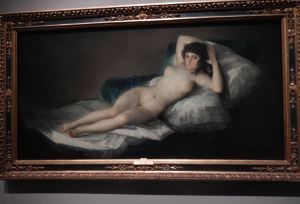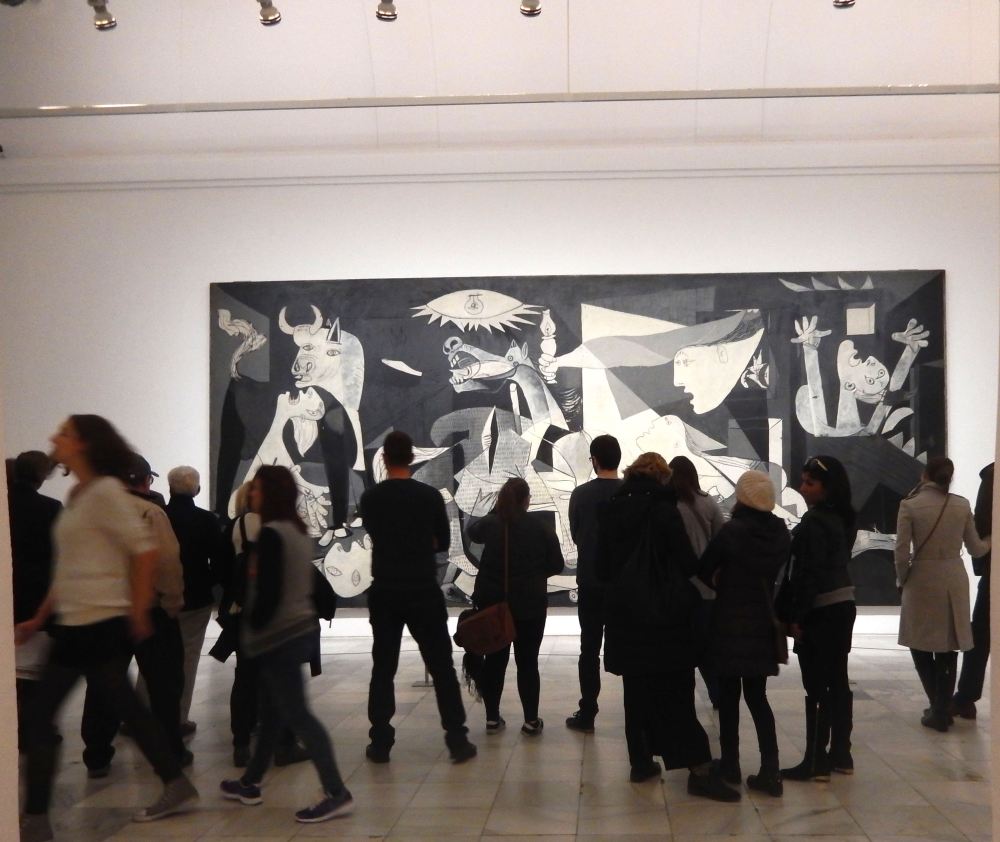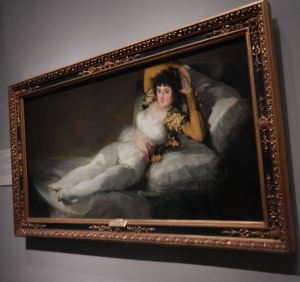
Madrid: For a couple of days after returning from over a month-long vacation in the New York metropolitan area, I am in residence at our Provincialate in Madrid prior to my trip back to Iglesia del Carmen in Neguri. The Provincialate is the seat of the Province of the Most Holy Name of Jesus of the Philippines. It is where the head of this particular circumscription of the Order of Saint Augustine and his Council manage and direct the activities of their confrères consisting of both friars and religious brothers scattered throughout Central and South America, the Philippines, Spain, Tanzania and India. With a whole day to spare before returning to my regular assignment in Neguri near Bilbao, today I decided to visit Museo del Prado and Museo Nacional Centro de Arte Reina Sofia, both located at the central part of Spain’s capital city.
Museo del Prado is a repository of Spain’s best artists, among them Diego de Velazquez with his “El Cristo” and his “Las meninas” and Francisco de Goya with his “Maja desnuda” and his “Maja vestida,” which have consistently survived the test of time and the many. One gets dazzled after viewing all these masterpieces including paintings of the Virgin Mary, the Baby Jesus and the cherubs made plump by the canvas of Bartólome Murillo. Worthy of mention are the works of Anthony Van Dyck, Titian and El Greco with their masterful strokes.


The Museo Nacional Centro de Arte Reina Sofia promotes modern arts as well as contemporary arts, as evident in its display of a work by American sculptor Alexander Calder at the courtyard of its Sabatini Garden. Inside, a cavernous room where Picasso´s imposing Guernica is displayed attracts beelines. He is classified among artists whose works are deemed to be “in exile.” The term refers to the Spanish diaspora that occurred during the Franco era that followed the Spanish civil war (1936-1939). Many artists fled into exile after the ascension of the Fascist regime of Generalísimo Francisco Franco who ruled Spain as a dictator until his death in 1975.
In Museo del Prado, taking pictures is absolutely forbidden. In Museo Nacional Centro de Arte Reina Sofia no-flash photography is allowed in certain wings, but it is a no-no on the floor that displays the works of Picasso and other artists considered to be “in exile.”


